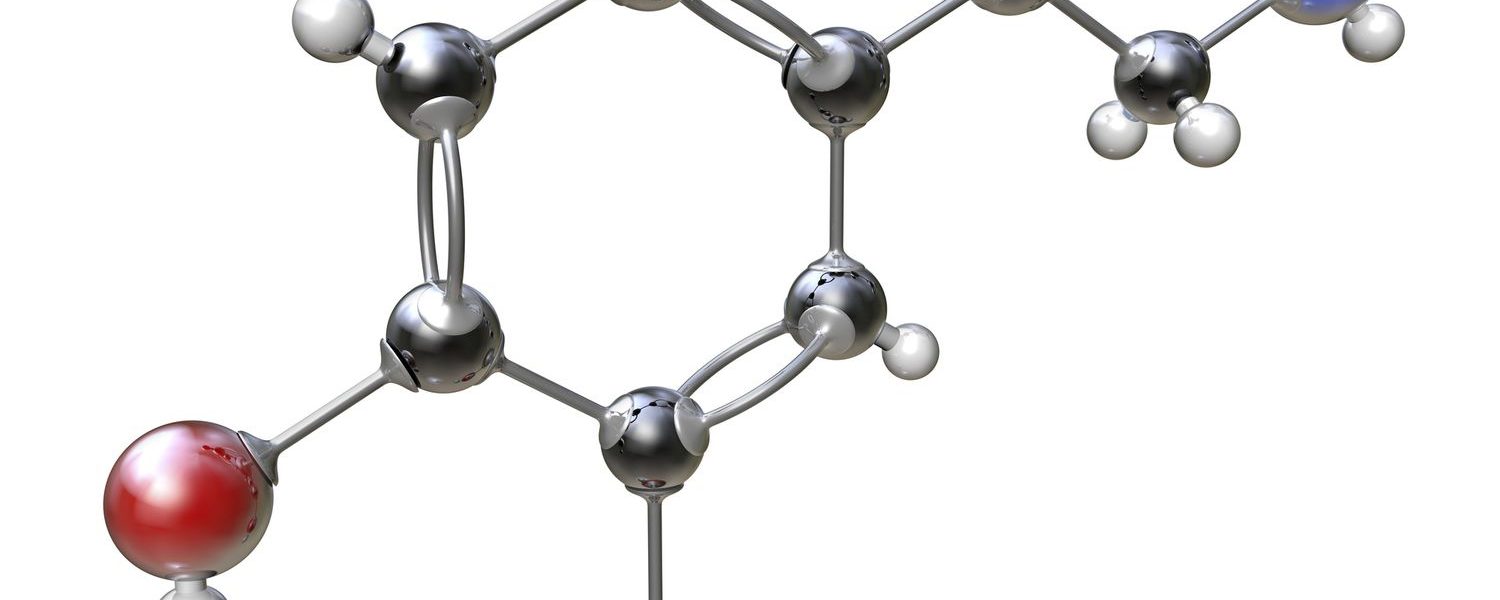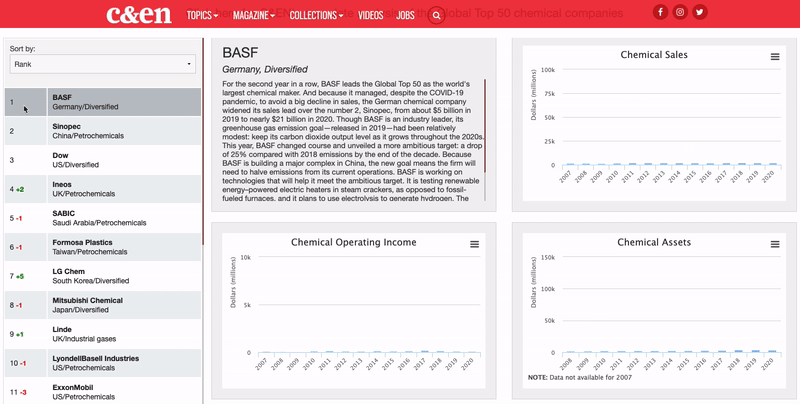Chemical Bonding: The Glue that Holds Matter Together
Chemical bonding is the fundamental force that binds atoms together, giving rise to the myriad substances that comprise our world. This article embarks on a journey through the realm of chemical bonding, unraveling the intricate processes by which atoms unite to form compounds. From covalent bonds, where electrons are shared, to ionic bonds, where electrons are transferred, this exploration sheds light on the elegant dance of electrons that governs the stability and properties of matter.
1. Atoms Unite: The Basis of Chemical Bonds
Chemical bonding is the result of interactions between atoms, where they share or transfer electrons to achieve a stable configuration.
2. Covalent Bonds: Sharing Electrons for Stability
In covalent bonding, atoms share electrons, creating a strong connection that holds the atoms together in a compound.
3. Ionic Bonds: Electron Transfer for Stability
Ionic bonds form when electrons are transferred from one atom to another, resulting in charged ions that attract each other.
4. The Dance of Electrons: Orbital Overlap and Sharing
In covalent bonding, electron pairs occupy the overlapping regions of orbitals, creating a stable bond and contributing to the structure of molecules.
5. Polarity and Dipole Moments: Understanding Charge Distribution
Covalent bonds can exhibit polarity, which affects how electrons are distributed within the molecule and influences its properties.
6. Lewis Structures: Mapping Electron Arrangements
Lewis structures provide a visual representation of how electrons are distributed in a molecule, aiding in understanding its chemical behavior.
7. Resonance Structures: Exploring Electron Delocalization
In some molecules, electron density is distributed over multiple resonance structures, resulting in enhanced stability.
8. The Strength of Bonds: Bond Length and Bond Energy
The nature of a chemical bond can be characterized by its bond length (distance between nuclei) and bond energy (energy required to break the bond).
9. Intermolecular Forces: Weak Bonds, Strong Impacts
Intermolecular forces, including van der Waals forces and hydrogen bonding, play a crucial role in determining the physical properties of substances.
10. Beyond Covalent and Ionic: Other Bonding Types
While covalent and ionic bonds are prevalent, other bonding types, such as metallic bonding and network covalent bonding, contribute to the diversity of compounds.
11. The Language of Chemistry: Bonding in Everyday Substances
Understanding chemical bonding allows us to decipher the properties and behavior of everyday substances, from water to complex organic molecules.
In Conclusion: The Language of Matter
Chemical bonding is the language that governs the behavior and properties of matter. It is the foundation of chemistry, enabling us to comprehend the substances around us and engineer new materials and compounds. By delving into the intricacies of bonding, we unlock a deeper understanding of the world of atoms and molecules.
In Conclusion:
Chemical bonding is the language that governs the behavior and properties of matter. It is the foundation of chemistry, enabling us to comprehend the substances around us and engineer new materials and compounds. By delving into the intricacies of bonding, we unlock a deeper understanding of the world of atoms and molecules.











